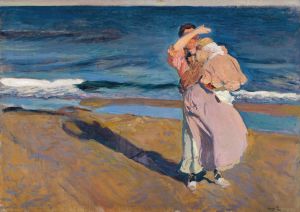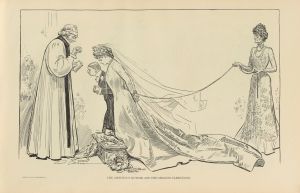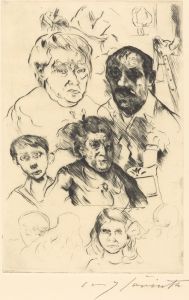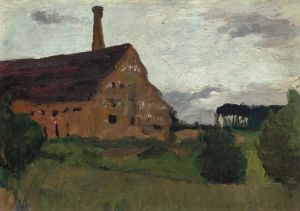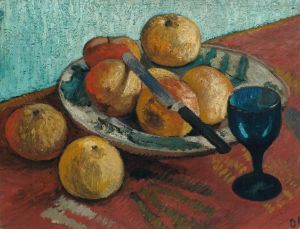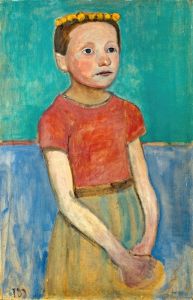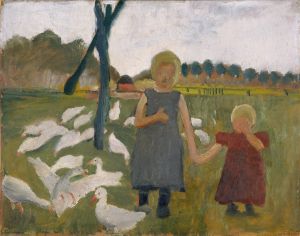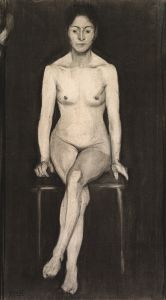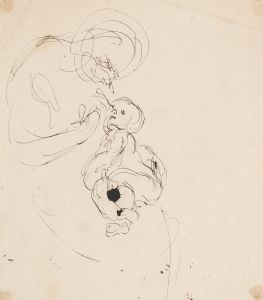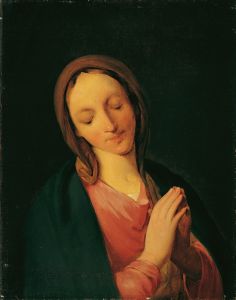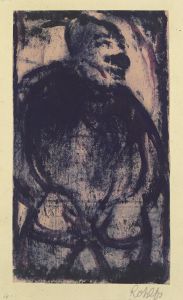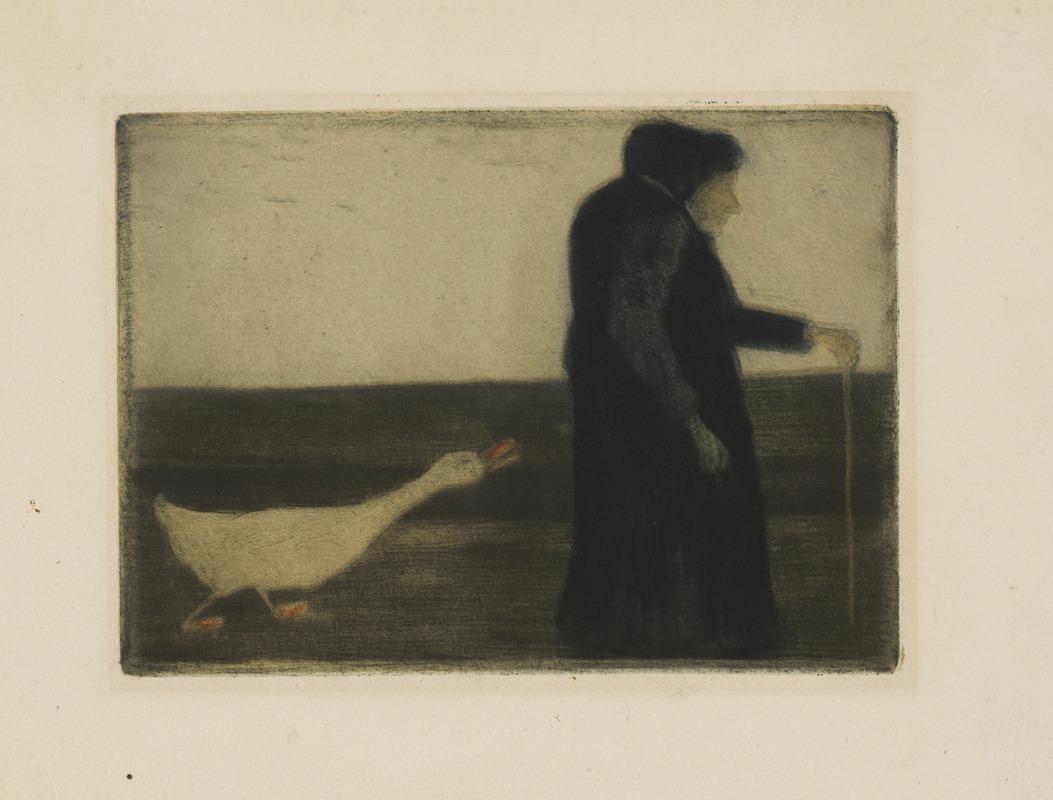
The Woman with the Goose
A hand-painted replica of Paula Modersohn-Becker’s masterpiece The Woman with the Goose, meticulously crafted by professional artists to capture the true essence of the original. Each piece is created with museum-quality canvas and rare mineral pigments, carefully painted by experienced artists with delicate brushstrokes and rich, layered colors to perfectly recreate the texture of the original artwork. Unlike machine-printed reproductions, this hand-painted version brings the painting to life, infused with the artist’s emotions and skill in every stroke. Whether for personal collection or home decoration, it instantly elevates the artistic atmosphere of any space.
"The Woman with the Goose" is a painting by the German artist Paula Modersohn-Becker, who is recognized as one of the most important early expressionists. Modersohn-Becker was born on February 8, 1876, in Dresden, Germany, and she became a significant figure in the early 20th-century art scene. Her work is noted for its pioneering approach to form and color, and she is often celebrated for her contributions to modern art.
The painting "The Woman with the Goose" was created in 1902. This period was a particularly productive time for Modersohn-Becker, who was deeply influenced by her surroundings in the artists' colony of Worpswede, where she lived and worked. The colony was known for its focus on naturalism and the depiction of rural life, which is reflected in much of Modersohn-Becker's work.
In "The Woman with the Goose," Modersohn-Becker portrays a woman holding a goose, a subject that exemplifies her interest in rural themes and the simplicity of peasant life. The painting is characterized by its bold use of color and simplified forms, which are hallmarks of Modersohn-Becker's style. The woman is depicted with a serene expression, and the composition emphasizes the close relationship between the figure and the animal, suggesting a sense of harmony with nature.
Modersohn-Becker's technique in this painting shows her departure from the more detailed and realistic styles of her contemporaries. Instead, she employs broad, expressive brushstrokes and a limited color palette to convey the essence of the subject rather than its precise details. This approach aligns with the broader trends of expressionism, which sought to capture emotional and psychological states rather than mere physical appearances.
The significance of "The Woman with the Goose" lies not only in its artistic qualities but also in its reflection of Modersohn-Becker's innovative spirit. She was one of the first female artists to challenge traditional representations of women in art, often depicting them in a more natural and unidealized manner. Her work paved the way for future generations of female artists and remains influential in the study of early modern art.
Paula Modersohn-Becker's career was tragically short; she died on November 20, 1907, at the age of 31, shortly after giving birth to her daughter. Despite her brief life, she left behind a substantial body of work that continues to be celebrated for its originality and emotional depth. "The Woman with the Goose" is a testament to her unique vision and her ability to capture the quiet dignity of everyday life.
Today, Modersohn-Becker's works are held in various collections around the world, and she is remembered as a pioneering figure in the history of modern art. "The Woman with the Goose" remains an important example of her contribution to the development of expressionism and her enduring legacy as an artist.





